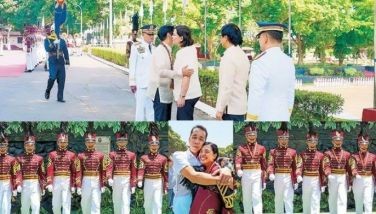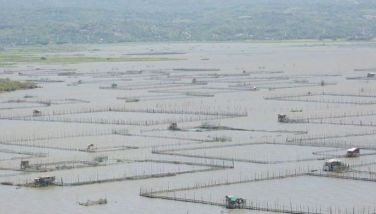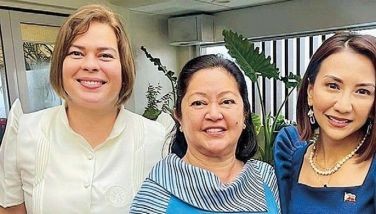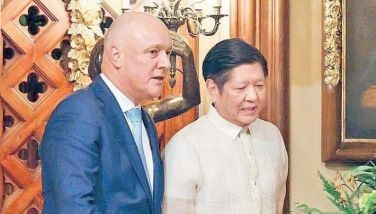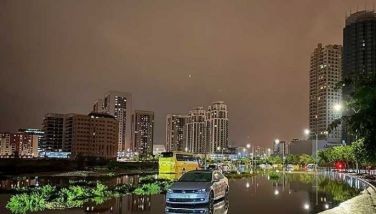Iloilo marine sediment seen as source of antibiotic
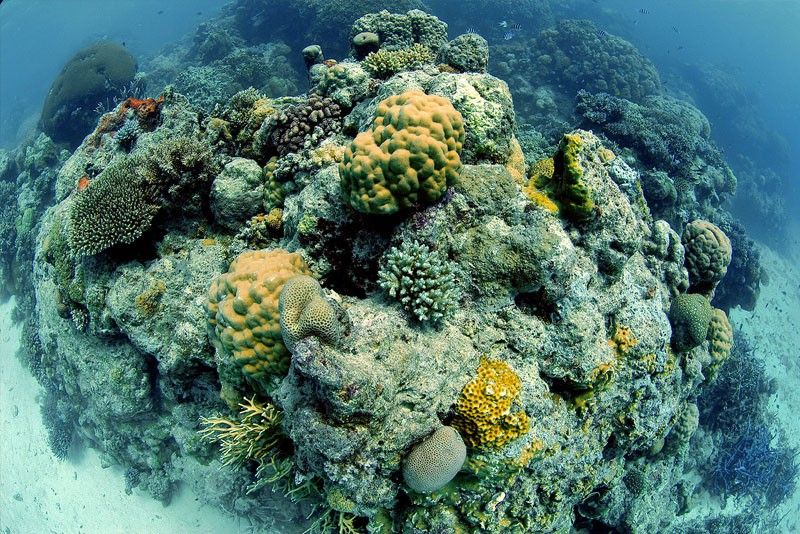
MANILA, Philippines — The Philippines could be the source of another breakthrough antibiotic drug taken from marine sediments harvested from the ocean floor off Iloilo province.
Dr. Doralyn Dalisay of the University of San Agustin – Center for Chemical Biology and Biotechnology in Iloilo said the painstaking research and development she has been leading at the USA-C2B2 in putting up a library of more than 3,000 bacteria isolates was already bearing fruit with the identification of 38 “lead isolates” for further study and development into at least one super antibiotic drug.
Out of the 38 isolates, at least seven have shown characteristics of targeting two or three “superbugs,” according to Dalisay, who was one of the presenters at the National Research and Development Conference 2019 held by the Department of Science and Technology (DOST) on Wednesday at the Philippine International Convention Center in Pasay City.
“There are also eight (lead isolates) that show very strong activity (against superbugs),” she told The STAR in an interview on the sidelines of the summit.
The scientist added that eight isolates have shown strong potential against multi-drug resistant staphylococcus aureus that is responsible for difficult-to-treat infections in humans.
Dalisay said their R&D is now seeking to identify molecules from the actinobacteria from which they can develop an antibiotic drug.
“Give us three to four years,” she said.
Dalisay, whose expertise is in microbiology, shared that the USA-C2B2 R&D undertook a project to gather marine sediments around the Philippine archipelago in 2017.
“We explored the marine sediments in the Philippine archipelago for antibiotics-producing bacteria,” she said.
“We had 18 expeditions from Luzon, Visayas and Mindanao, including Tubbataha Reef, in 20017 and 2018,” she added.
From those sediments that they gathered, Dalisay said they extracted microbes, which are actually a source of antibiotics before.
Dalisay graduated cum laude from the University of San Agustin with a degree in pharmacy. She earned her Master of Science in Biology at the University of the Philippines – Visayas, doctorate in Microbiology at University of New South Wales in Australia and a post-doctorate fellowship to specialize on marine natural products chemistry at the University of California, San Diego.
She returned to the Philippines as part of DOST’s Balik Scientist program in June 2015 to establish a research program on natural products drug discovery at the USA-C2B2, and had decided to stay and head the C2B2 and lead the R&D work on the marine sediment project.
In her presentation, Dalisay said their R&D harks back to the discovery of erythromycin from the marine soil in Iloilo City’s coast in 1949.
“Banking on the legacy of erythromycin, our (C2B2) lab in the University of San Agustin is looking at new antibiotics from actinobacteria, dwelling in the marine sediments. So, this is really different, it’s a different species, a different organism. When you say it’s different, that means there could be new antibiotics,” she said.
“This year, we’re celebrating the 70th year of Iloilo’s groundbreaking contribution in the global fight against infectious diseases. Because the soil from which the bacteria was extracted and the source of erythromycin was originally collected in Iloilo in 1949,” she added.
Dalisay, however, vowed that the USA-C2B2 drug development R&D will aim to secure the intellectual property (IP) patent on the lead isolates they have collected for the Philippines.
“This time, the resources are from the Philippines, (the R&D was) done by a Filipino scientist, and we will benefit from it. Because the (commercial) beneficiary of erythromycin was not the Filipino people,” she pointed out.
Science Secretary Fortunato dela Peña said Dalisay and her work in the USA-C2B2 was one of the fruits of the Balik Scientist program of the DOST, since the scientist, who was working as a full-time professor at the Washington State University, went back to the Philippines four years ago and decided to stay for good.
- Latest
- Trending














